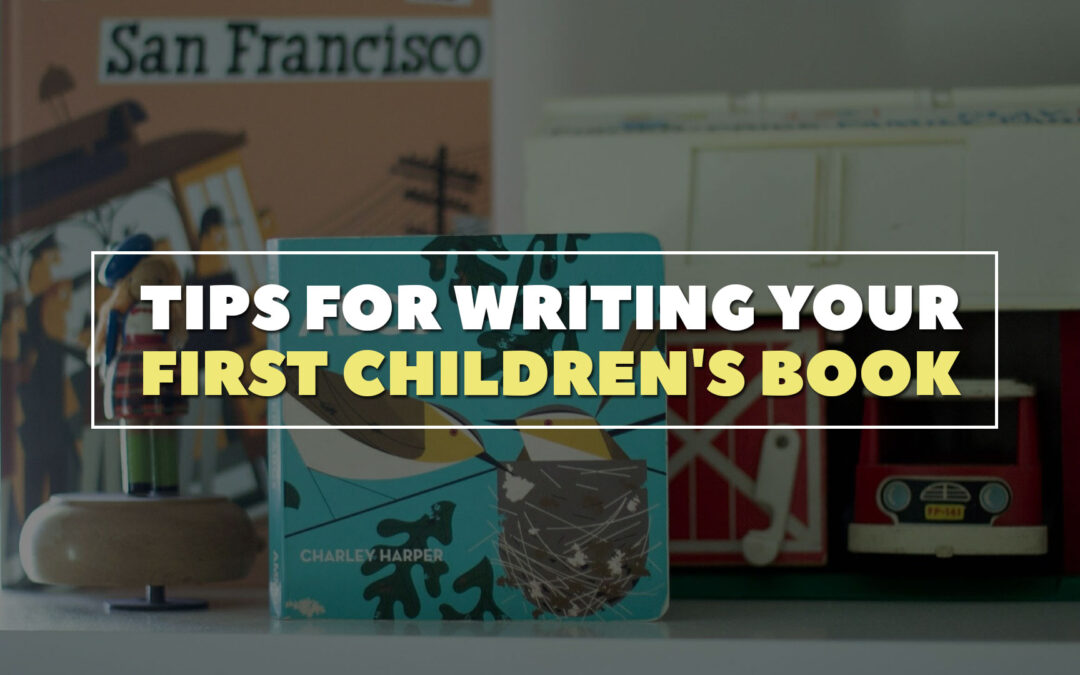Tips for Writing Your First Children’s Book
Every aspiring author will venture out writing children’s books first since they believe that this is the easiest to write among other genres; however, this is a common misconception among writers. In fact, there are a lot of new things to consider when writing children’s books that would not even cross the mind of a novelist. The rules of writing for children vary on the target age you want to write for. Furthermore, this is one of the most competitive fields in writing. The truth is there are hundreds of writers with the same goal, but this should not deter you from writing something you’re passionate about.
Writing children’s books enables you to enter a different world, one that is filled with joy, excitement, and splendor. Nelibeth Plaza, author of Is It Santa?, wrote children’s books as it is her greatest passion to read books to children out-loud with expressions and storytelling. If you genuinely want to become a children’s author, you need to get into this field seriously, just like you are writing the next most remarkable novel. Thus, below are things to help you when writing your first children’s book.
Showcase Your Child-self
Young readers prefer to read books with characters or stories that they can relate to. They enjoy characters who look like them and think like them as it helps them form a connection to the book. Children’s books are the pathway into other cultures, ideas, and imagination for young readers. These books enable them to be at the feet of other people and travel places unimaginable. And for you to do the mentioned, you have to release your child-self. Allowing your child-self to take over, you set free your feelings, childhood memories, worries, and pleasures into writing that will make any child build a connection with it. Basically, what this step implies is practice what you preach or walk the walk.
Find the Perfect Writing Style
Many children’s authors trip when it comes to the writing style. If you don’t know, the writing style is essential in literature. This sets an author apart from other authors and builds a unique “voice” that readers will read. The writing style is the determiner of the mood of a piece of literature; therefore, it holds an important place across all genres there is. Fiction and non-fiction authors know the importance of style when writing, while children’s authors overlook this detail. When you write for children readers, you have to take the reading level into consideration. Your writing style, specifically language and syntax, must be accessible and readable for young kids depending on their reading proficiency as kids are only beginning to read independently.
Be Mindful of Imagery
Unlike other books, children’s books have an equal proportion of images and narratives inside them. The illustrations found on the inside is an essential factor in children’s books. For young children who are newly introduced to reading, they will find the colorful illustrations as fascinating. It offers entertainment and appeals to the readers as they are more visual than verbal aspects. Again, children are still learning to read, and imagery is used to make young readers understand the context of the story. Young readers will be able to grasp the story well and relate to it. On top of that, the illustrations on the books increase engagement allowing parents and teachers to spend time with young readers discussing the story through pictures and words. Moreover, the imagery in children’s books helps in getting the message across to your readers.
Avoid Overwriting the Book
The standard children’s books length us thirty-two pages with no more than 1,000 words in them if you do not know. This is a strict industry standard for word counts. You may have a lot of things to say and a message to share in your book, but allow the illustrations to say those things instead of words. Many authors and editors recommend that pictures and text complement and inform one another instead of mirroring. Also, cut as many words as possible. When writing for young readers, every word must count. Children’s authors have the tendency to be tempted to add scenes and more characters, which can be unnecessary in the story. Go page by page and diligently cut words, phrases, characters, and settings that do not directly contribute to the plot. Trimming your words will result in a more powerful story.


writing a children’s book is really challenging!